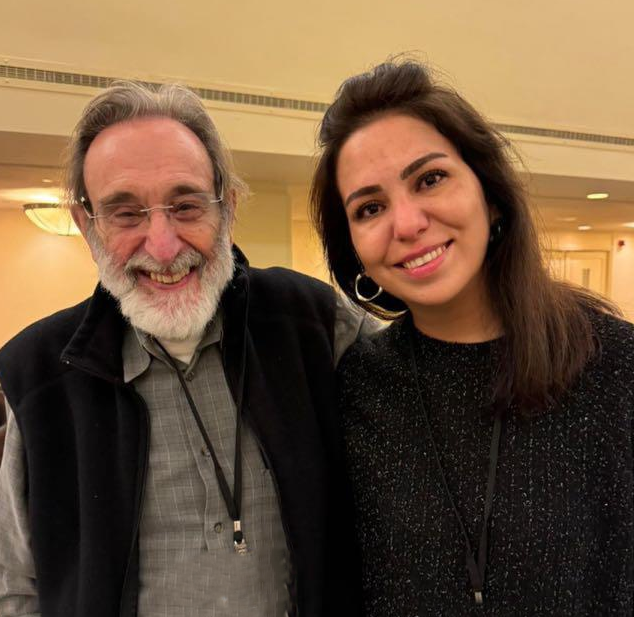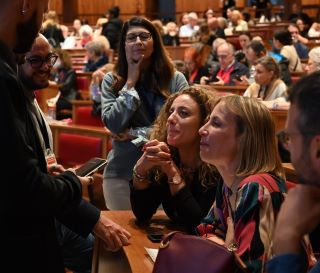International Association For Psychoanalytic Self PsychologyCo-Creating Our Future
Welcome! Membership in IAPSP means joining a vibrant global community of psychotherapists through career-enhancing opportunities in the areas of writing, speaking, education, and clinical practice.
Lend Your Voice to Our Interest Groups!
Looking for opportunities to network with your peers? We have a range of dynamic groups including Social Justice, Teaching, and Complexities of Identity.
Find the Group for You!The IAPSP Mission
Activate our community of original thinkers to expand and improve psychoanalytic treatment, transforming the lives of individuals and society.
More About IAPSPStudents, Candidates and Early Career
Learn MoreFeatured Events
Did you know every IAPSP membership level includes a discount to our annual conference? Explore more about our exciting events at the link below.
Explore Events





